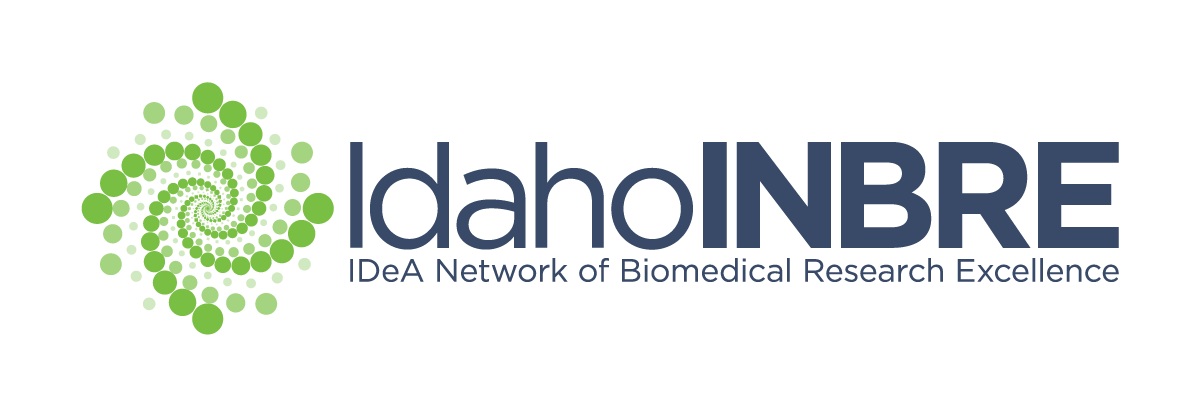
- Name: Juliette Tinker, Ph.D.
- Institution: Boise State University
- Department: Biological Sciences
- Phone: 208-426-5472
- Email: juliettetinker@boisestate.edu
- Website: https://www.boisestate.edu/biology/faculty-and-staff/faculty/juliette-tinker/
Summary: My laboratory focuses on the development of novel subunit vaccines that can be delivered orally or nasally. We use the unique adjuvant properties of bacterial toxins, such as cholera toxin, E.coli heat-labile toxin and Shiga toxin, to stimulate immune responses to co-administered vaccine antigens. The toxins are deactivated and genetically fused to an antigen of interest by molecular cloning. These potential vaccines are then cloned and expressed from E. coli for purification and characterization in animals. Currently the laboratory has three main projects ongoing; the development of a Staphylococcus aureus vaccine to prevent mastitis in dairy cows, the characterization of a novel bacterial enterotoxin from Salmonella Typhimurium, and the construction of lipid nanoparticles containing enterotoxins in collaboration with the Physics department. Most of these projects involve molecular techniques such as PCR, restriction digest, cloning, protein expression and purification. But we also employ a number of immunological techniques in the lab such as ELISA, flow cytometry, tissue culture and fluorescence confocal microscopy.
Minimum Classes: Introductory Biology course with laboratory
Projects: For a summer project, I will have a student work a current Ph.D. candidate on the characterization of the ArtAB enterotoxin from Salmonella enterica Typhimurium called. This toxin is produced by phage-type DT104 strains of S. enterica that are commonly involved in food-borne outbreaks. ArtAB shows significant homology to pertussis toxin and other AB5-type bacterial toxins. In addition, the ADP-ribosylase activity of this toxin on tissue culture has been described (Saitoh, et al. 2005). We have recently identified a mechanism to purify the holotoxin to better describe its structure and function. This project will involve the use of bacterial culture and E. coli expression systems, affinity chromatography, tissue culture, and metabolic and ELISA assays. In addition, the student will work to develop a real-time PCR assay to identify conditions of artAB expression. This project has been approved by the Boise State Institutional Biosafety Committee and students will be thoroughly trained in all biosafety aspects including the use of BSL-2 organisms. A second potential project will include working with a current MS student on the identification and purification of antigens from bovine strains of Staphylococcus aureus to incorporate into a vaccine to prevent mastitis, or infections of the udder. This project will involve cloning and purification as well as methods of ELISA, qPCR and potentially seroproteomics, in collaboration with the Boise State Biomolecular Research Center.


